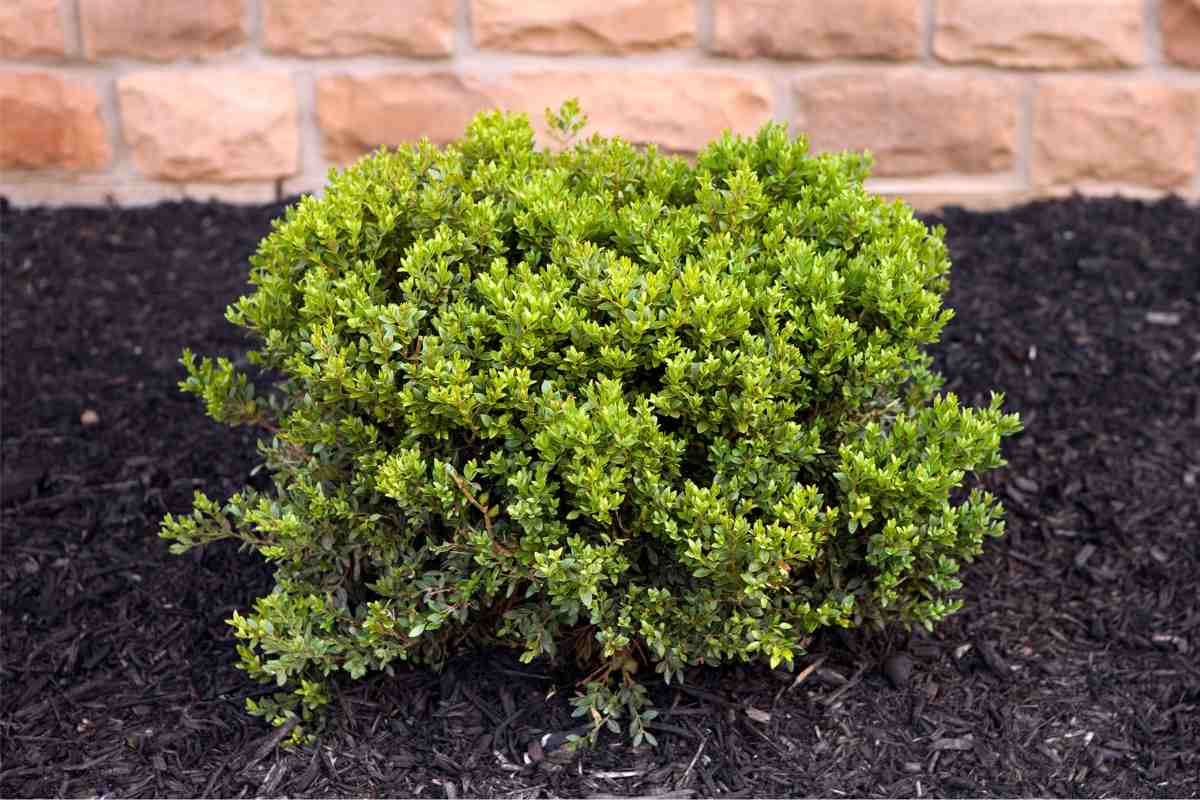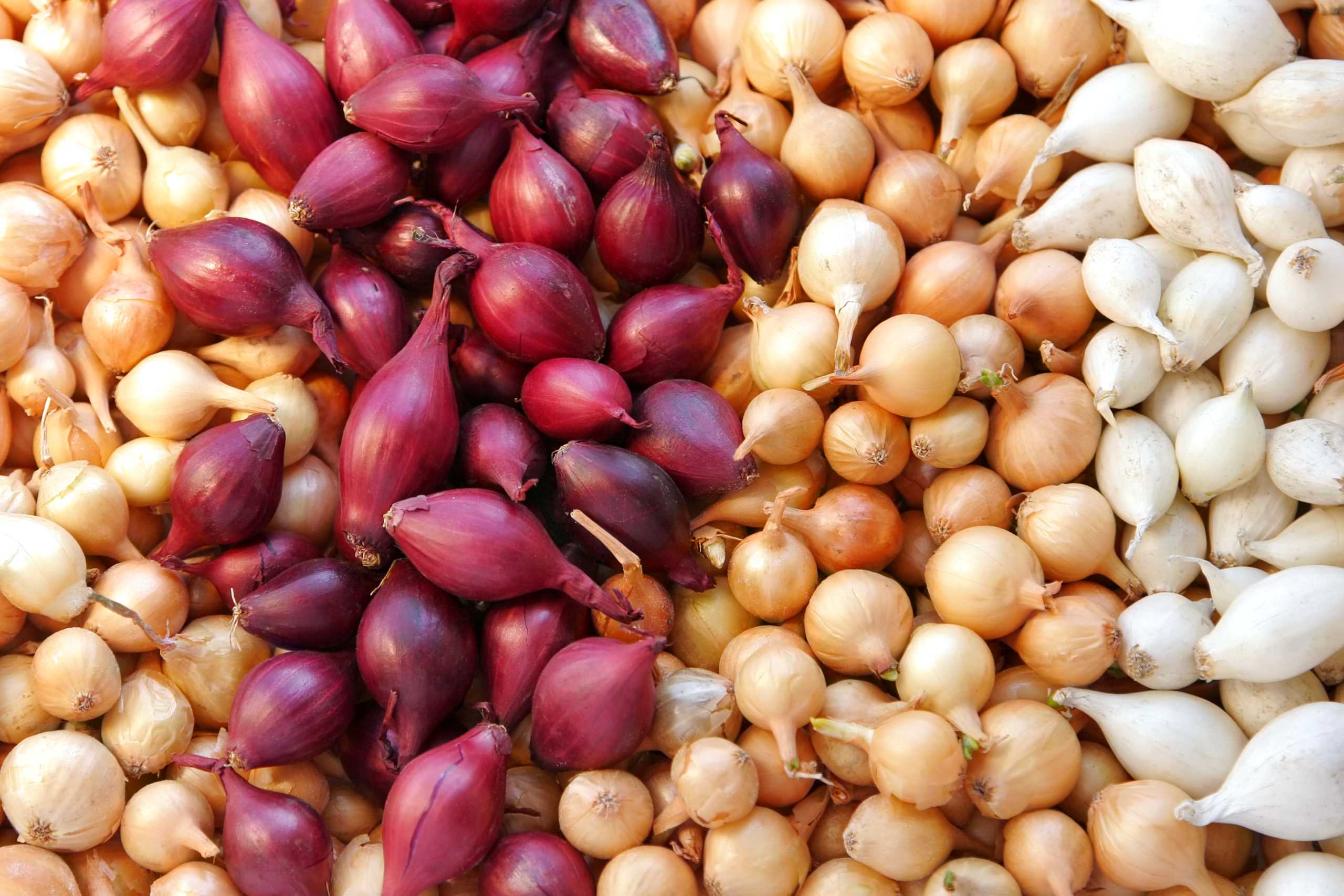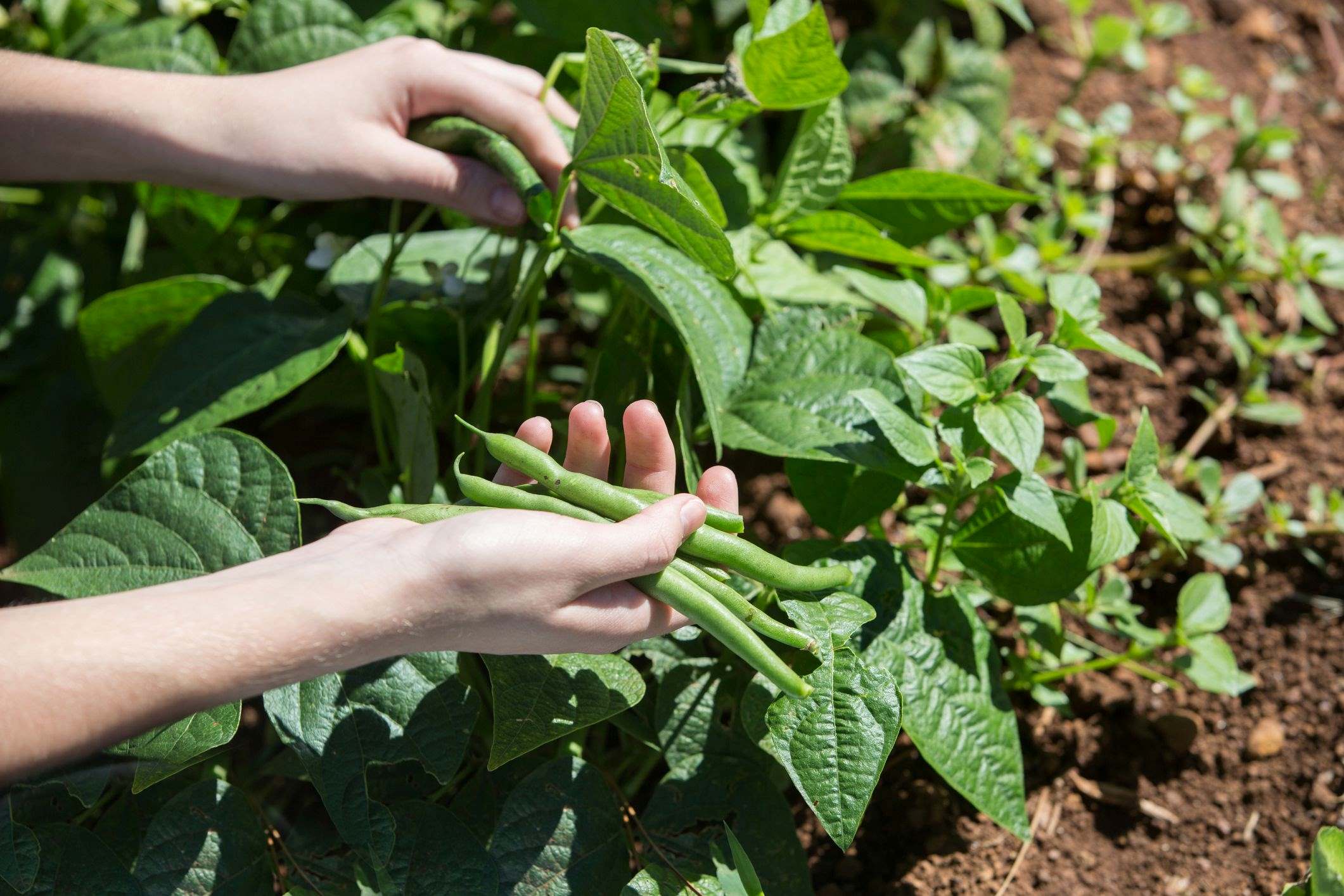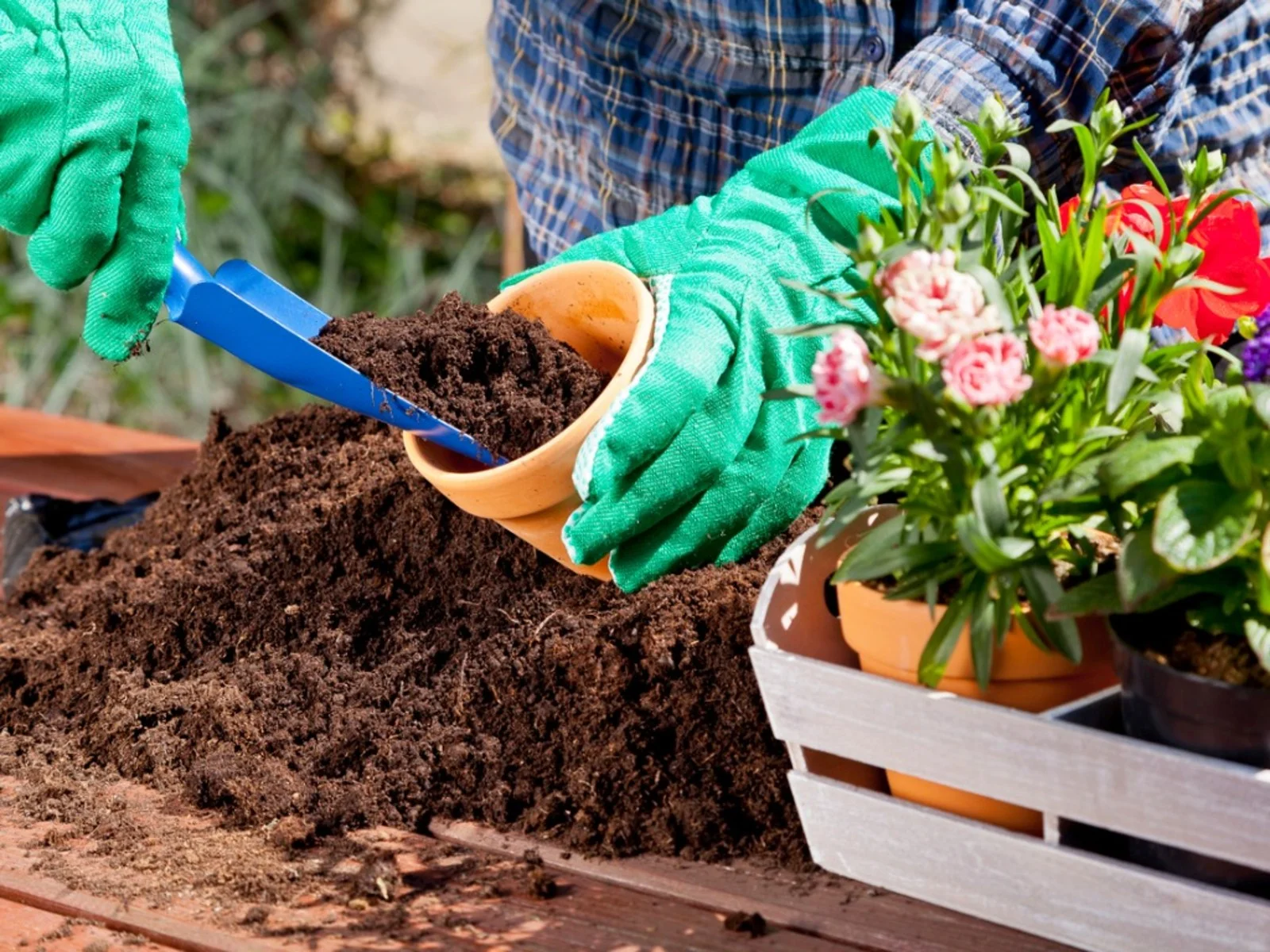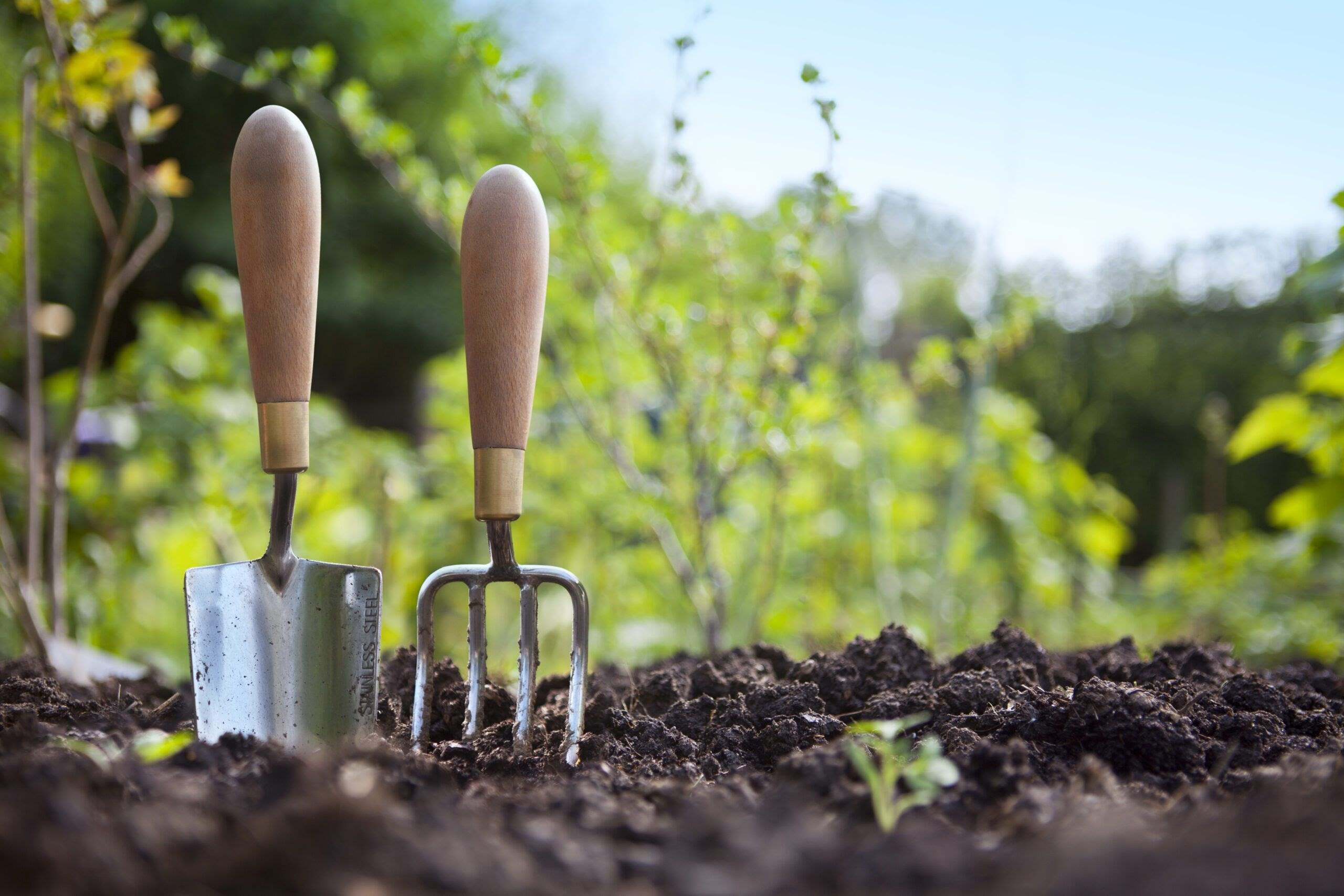Home>Gardening Basics>Understanding Soil>How To Plant Green Onions In Soil


Understanding Soil
How To Plant Green Onions In Soil
Published: February 14, 2024
Learn how to plant green onions in soil and improve your understanding of soil types, composition, and requirements for successful growth
(Many of the links in this article redirect to a specific reviewed product. Your purchase of these products through affiliate links helps to generate commission for Chicagolandgardening.com, at no extra cost. Learn more)
Table of Contents
Introduction
Welcome to the world of soil and the fascinating process of planting green onions! Whether you are a seasoned gardener or a beginner looking to start your own vegetable patch, understanding soil is key to a successful harvest. Knowing how to optimize your soil conditions will not only promote healthy growth but also yield a bountiful crop of delicious green onions.
Soil plays a vital role in the overall health and development of plants. It provides essential nutrients, retains moisture, allows root penetration, and supports the growth of beneficial microorganisms. By understanding the composition of your soil and making necessary improvements, you can create an optimal environment for your green onions to thrive.
In this guide, we will walk you through the process of planting green onions in soil, from selecting the right soil to harvesting your crop. We will explore key steps such as preparing the soil, choosing the right green onion variety, planting the bulbs, and providing proper care. By the end of this article, you will have the knowledge and confidence to successfully cultivate your own green onions in soil.
So, let’s dig into the world of soil and embark on a journey that will yield fresh, flavorful green onions for your culinary delights! But before we start putting our hands in the dirt, it’s important to understand the significance of selecting the right soil for your green onions.
Step 1: Selecting the right soil
Choosing the right soil is the foundation for successful green onion cultivation. The ideal soil composition for green onions is loose, well-drained, and rich in organic matter. Here are a few factors to consider when selecting soil for your green onions:
- Texture: Green onions prefer loamy soil, which is a balanced combination of sand, silt, and clay. Loamy soil allows for proper drainage while retaining enough moisture for the roots.
- pH level: Aim for a slightly acidic to neutral pH level of 6.0 to 7.0. You can test your soil’s pH using a soil testing kit and make necessary adjustments using organic amendments.
- Drainage: Ensure that the soil has good drainage to prevent waterlogging, which can lead to root rot. If your soil tends to hold excess moisture, you can improve drainage by adding organic matter or creating raised beds.
- Organic matter: Incorporate organic matter such as compost or well-rotted manure into the soil. This will improve its structure, enhance nutrient retention, and promote microbial activity.
It’s important to note that green onions are adaptable and can grow in a variety of soil types. However, by providing the ideal conditions, you can maximize their growth potential and increase your harvest.
Before planting your green onions, take the time to assess your soil’s characteristics. Observe its texture, drainage, and pH levels. By understanding your soil’s attributes, you can take appropriate steps to amend and optimize it for your green onions.
Now that you have selected the right soil, let’s move on to the next step: preparing the soil for planting.
Step 2: Preparing the soil
Preparing the soil is a crucial step in creating an ideal environment for your green onions to thrive. Proper soil preparation ensures that the soil is loose, well-aerated, and enriched with essential nutrients. Here’s how to prepare the soil:
- Clear the area: Start by removing any weeds or debris from the planting area. Weeds compete with green onions for nutrients and can hinder their growth.
- Loosen the soil: Use a garden fork or a tiller to loosen the soil to a depth of about 8 to 10 inches. This will improve drainage and allow the roots to penetrate easily.
- Remove large rocks: Remove any large rocks or stones that may obstruct root development or create uneven planting conditions.
- Amend the soil: Incorporate organic matter such as compost, well-rotted manure, or leaf mold into the soil. This will enrich the soil with essential nutrients and improve its structure.
- Level the soil: Rake the soil to ensure it is level and free of lumps or clumps. This provides an even surface for planting and allows for uniform water distribution.
After preparing the soil, take a moment to assess its moisture content. The soil should be slightly moist, but not waterlogged. If the soil is too dry, lightly water it before planting your green onion bulbs.
Remember that soil preparation is not a one-time task. Regularly monitor your soil’s condition and make necessary amendments to maintain optimal growing conditions for your green onions.
Now that the soil is prepared, let’s move on to the next step: choosing the right green onion varieties to plant.
Step 3: Choosing green onion varieties
Choosing the right green onion variety is essential for a successful harvest. Green onions, also known as scallions, come in different varieties that vary in size, taste, and growth habit. Here are some popular green onion varieties to consider:
- White Lisbon: This is a classic green onion variety known for its mild flavor. It produces long, white stalks with slender green tops.
- Evergreen Hardy White: This variety is highly versatile and can withstand colder temperatures. It has a crisp texture and a pungent onion flavor.
- Red Baron: If you’re looking to add a pop of color to your garden, this variety is for you. It features red-tinged stalks and has a milder flavor compared to other varieties.
- Welsh Onion: This perennial variety is known for its hardiness and resilience. It has thick, hollow leaves and a delicate onion-like flavor.
When choosing green onion varieties, consider your climate, growing season, and personal preference. Some varieties are better suited for cooler climates, while others can handle hot summers. Additionally, take note of the maturity time listed on the seed packet, as this will dictate when you can expect to harvest your green onions.
Green onions are commonly grown from bulbs or seeds. While bulbs offer a head start in terms of growth, seeds provide a wider variety of options. Consider experimenting with different varieties and methods to find the ones that best suit your taste and growing conditions.
Now that you have selected your green onion variety, let’s move on to the next step: planting the green onion bulbs.
Step 4: Planting green onion bulbs
Planting the green onion bulbs is an exciting step in the process of growing your own green onions. Here’s a step-by-step guide to help you plant your green onion bulbs:
- Prepare the planting holes: Dig small holes in the soil, about 1 inch deep and 4-6 inches apart. Make sure to space your holes evenly to provide enough room for the green onions to grow.
- Place the bulbs: Gently place a green onion bulb in each hole, pointed side up. Ensure that the top of the bulb is level with the soil surface.
- Cover the bulbs: Fill the holes with soil, patting gently to secure the bulbs in place. Avoid packing the soil tightly, as this can hinder the growth of the green onions.
- Water the bulbs: Give the newly planted bulbs a thorough watering to settle the soil and provide hydration to the roots. Ensure that the soil is evenly moist but not waterlogged.
Green onion bulbs are fairly easy to plant and establish. They can tolerate a range of soil conditions but prefer well-drained, loamy soil. Remember to space your bulbs adequately to give each plant room to grow and develop.
Once the bulbs are planted, it’s important to provide proper care and maintenance to ensure their healthy growth. Let’s move on to the next step: watering and care for your green onions.
Step 5: Watering and care
Proper watering and care are essential for the successful growth and development of your green onions. Here are some important tips to keep in mind:
- Watering: Green onions require consistent moisture, but overwatering can lead to root rot. Water the soil thoroughly when it starts to dry out, aiming for about 1 inch of water per week. Avoid watering the leaves to prevent foliar diseases.
- Weeding: Regularly remove weeds around your green onions to prevent competition for nutrients and water. Use a shallow hoe or hand-pull weeds carefully to avoid damaging the shallow roots of the green onions.
- Thinning: If your green onions are too crowded, consider thinning them out. This allows the remaining plants to have more space to grow and develop. Thin the onions by either pulling out the excess plants or using scissors to cut them at the ground level.
- Fertilizing: Green onions generally do not require heavy fertilization. However, you can apply a balanced fertilizer, low in nitrogen, once or twice during the growing season to promote healthy growth. Follow the instructions on the fertilizer package for application rates.
- Pest and disease control: Keep an eye out for common pests such as aphids, onion maggots, and thrips. If necessary, use organic pest control methods such as neem oil or insecticidal soap. Monitor for signs of disease, such as fungal infections, and promptly remove any affected plants to prevent the spread.
Regularly monitor the moisture levels of the soil, especially during hot, dry periods. Remember, it’s better to water deeply and infrequently rather than with light, frequent applications.
By providing proper watering and care, you are setting a solid foundation for the healthy growth and development of your green onions.
Now that you have learned how to water and care for your green onions, let’s move on to the final step: harvesting your bountiful crop.
Step 6: Harvesting green onions
Harvesting your green onions is the rewarding culmination of your gardening efforts. Here are some guidelines to help you harvest your green onions at the right time:
- Timing: Green onions are typically ready to harvest when they reach a suitable size, typically around 8-12 inches in height. The green leaves should be vibrant and the bulb base firm.
- Harvesting method: To harvest green onions, gently grasp the base of the plant near the soil level and pull it out of the ground. If needed, use a gardening knife or scissors to cut the green onion about an inch above the bulb.
- Continuous harvest: Green onions can be harvested in a “cut-and-come-again” fashion. This means you can harvest only the outer leaves of the plant, allowing the inner leaves to continue growing. This allows for a continuous supply of fresh green onions throughout the growing season.
Freshly harvested green onions can be used in a variety of culinary dishes, adding a delicious onion flavor and a refreshing crunch. Rinse the harvested green onions thoroughly to remove any dirt or debris before using them in your recipes.
Once you have harvested your green onions, you can store them in the refrigerator for up to a week. Place them in a plastic bag or wrap them in damp paper towels to maintain their freshness.
Remember, the flavor and texture of green onions are at their best when they are freshly harvested. So, enjoy the fruits of your labor and savor the taste of your homegrown green onions!
Congratulations! You have successfully learned how to harvest your green onions. Now you can enjoy the rewards of your hard work and use these delicious green onions in your favorite recipes.
Conclusion
Cultivating green onions in soil is a rewarding and satisfying experience that allows you to enjoy the freshness and flavor of homegrown produce. Through the various steps outlined in this guide, you have learned how to select the right soil, prepare it for planting, choose the appropriate green onion varieties, plant the bulbs, provide proper care, and harvest your crop.
By understanding the importance of soil composition, you can create an optimal environment for your green onions to thrive. Loamy, well-drained soil enriched with organic matter will provide the necessary nutrients and support for healthy growth.
Proper soil preparation, including clearing the area, loosening the soil, and incorporating organic matter, sets the stage for successful green onion cultivation.
Choosing the right green onion varieties allows you to explore different flavors, sizes, and growing characteristics, tailoring your crop to your specific preferences and growing conditions.
Planting the green onion bulbs correctly, followed by consistent watering and care, promotes vigorous growth and helps combat common pests and diseases.
Finally, harvesting your green onions at the right time ensures maximum flavor and freshness. Whether you choose to harvest the entire plant or engage in continuous harvesting, you will be rewarded with a bountiful supply of homegrown green onions.
As you embark on your green onion growing journey, remember to be patient, observe your plants closely, and adjust your care routine as needed. Gardening is truly a labor of love, and each step you take contributes to the success of your green onion crop.
So, roll up your sleeves, get your hands in the soil, and enjoy the process of planting and nurturing your green onions. The joy of cultivating and harvesting your own fresh, flavorful green onions will surely be worth the effort!
